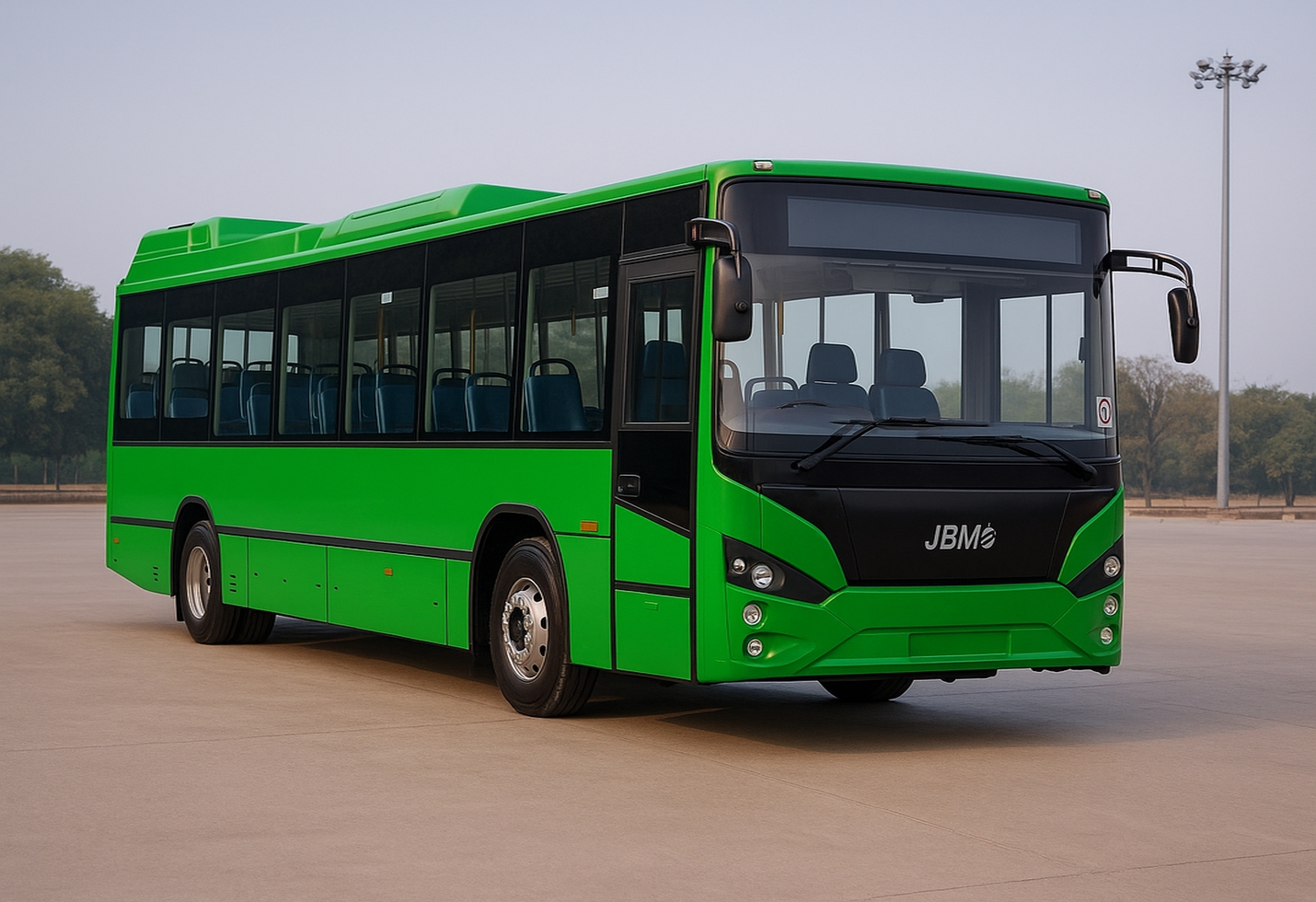Ashok Leyland–CALB Tie-Up: A Game Changer for EV Investors
Ashok Leyland announced a multi-year strategic collaboration with China’s CALB Group that will begin with importing cells and assembling battery packs in India, with an aim to move to domestic full-cell production within roughly five years. The company has signalled a headline capex plan of about Rs.5,000 crore (≈ $570–580 million) for next-gen battery manufacturing and related facilities.
An Overview of CALB and Its Significance
CALB (Changzhou CALB Energy Co./CALB Group) is one of China’s leading lithium-ion battery makers — ranked among the top three domestic players by several industry trackers — with multi-billion dollar revenues and an aggressive international expansion play (including gigafactory projects overseas). CALB brings cell design IP, pack-level expertise and manufacturing know-how that Ashok Leyland lacks at scale today. Partnering with a proven cell supplier accelerates time-to-market for commercial vehicle electrification programmes.
Financial Context — How Impactful is Rs. 5,000 Crore for Ashok Leyland?
On group and balance-sheet metrics, Ashok Leyland is comfortably sized to make targeted battery investments while funding core vehicle operations. For FY2025 the company reported record revenue and improved margins, with consolidated revenue in the vicinity of Rs.49,500 crore and PAT in the low thousands of crores; recent quarterly reporting showed EBITDA of ~15% (Q4 FY25 EBITDA ≈ Rs.1,791 crore). Key per-share metrics—basic EPS around Rs.11.25 and book value per share near Rs.39—illustrate healthy earnings power and a strengthening cash flow profile to support capex and R&D. Market-cap and valuation metrics place the stock in a range where investors are pricing growth expectations for EV transition.
Strategic Implications for the EV Supply Chain
* De-risking battery supply: a local pack-assembly and eventual cell manufacturing capability reduces reliance on fully imported battery systems and shortens lead times.
* Cost & margin pressure: domestic cell production can compress per-kWh costs over time and protect vehicle OEM margins (critical for commercial vehicles where battery is a large portion of system cost).
* Ecosystem ripple: suppliers (BMS, thermal management, pack-integrators), real estate and O&M services in the region stand to benefit from factory and campus builds.
Critical Financial Indicators for Investment Decisions
* Capex intensity: the Rs.5,000 crore commit is the headline; track how much is front-loaded vs. phased over 3–5 years and whether government incentives (PLI/subsidies) offset capex.
* Gross margin / EBITDA conversion: watch for changes in vehicle gross margins as in-house battery sourcing replaces bought-in packs; a 100–200 bps swing materially affects EPS.
* Return on Capital Employed (ROCE): battery plants are capital-heavy; a multi-year ROCE recovery profile will determine the value added versus returning cash to shareholders.
* Per-kWh cost trajectory: investors should monitor announcements around per-kWh costs for assembled packs and, later, cell production — this drives competitive pricing for fleet customers.
Risks and Counterpoints
There are execution and geopolitical risks. CALB has faced patent-dispute headlines and its China ties could become sensitive in some policy contexts; converting a pack-assembly line into full-cell manufacturing requires time, talent and capital. Domestic competition (Tata, Ashok Leyland’s OEM peers) and global battery firms are also scaling, so market share is not guaranteed. Finally, battery economics are highly cyclical and raw-material prices (nickel, lithium, cobalt) remain a risk to realized margins.
Recommended Investor Actions
* If you are long-term (≥3–5 years): this is a strategically positive move. Maintain or modestly accumulate positions if Ashok Leyland fits your EV/industrial exposure thesis, but size allocations knowing battery returns are lumpy and realized benefits may take several years. Monitor capex phasing and first-year pack margins.
* Event-driven traders: watch for operational milestones (MoUs → definitive agreements → ground-breaking → first pack shipments). These events can trigger re-rating if accompanied by cost or revenue guidance.
* Sector plays: consider adjacencies — listed suppliers (BMS, pack integrators, thermal-management vendors), local EMS/real-estate names near plant locations, and logistics providers — that might see earlier revenue impact. Do due diligence on balance sheets and margins before speculating.
* Risk management: cap position sizes, set stop-losses or rebalancing rules, and keep an eye on raw-material price trends and policy shifts affecting Chinese tech partnerships.
Conclusion
Ashok Leyland’s tie-up with CALB and a headline Rs.5,000 crore investment marks a meaningful step toward localized battery capability in India’s commercial-vehicle segment. For long-term investors, it raises the company’s addressable EV opportunity and supply-chain control; for traders, it creates event-driven catalysts. The key to value creation will be execution speed, per-kWh cost improvement and converting pack capacity into revenue while maintaining healthy margins. Monitor quarterly capex disclosures, pack/unit economics and early revenue recognition tied to the new facilities.
The image added is for representation purposes only









